Description
Calcium Hypochlorite – Properties, Applications & Safety
Introduction
Calcium Hypochlorite (Ca(ClO)₂) is a white or grayish solid widely used as a disinfectant, bleaching agent, and sanitizer. It is commonly known as chlorinated lime or simply pool chlorine due to its popularity in swimming pool and drinking water treatment.
With a strong oxidizing action, calcium hypochlorite is one of the most effective and economical chlorine-based chemicals for controlling bacteria, algae, and pathogens.
🔬 Properties of Calcium Hypochlorite
-
Chemical Formula: Ca(ClO)₂
-
Molecular Weight: 142.98 g/mol
-
Appearance: White/gray granules or tablets, chlorine odor
-
Available Chlorine Content: 65–70% (commercial grade)
-
Solubility: Slightly soluble in water, releasing chlorine
-
Stability: Stable when dry, decomposes when exposed to moisture or heat
⚙️ Industrial & Commercial Applications
-
Water Treatment: disinfection of drinking water, swimming pools, and wastewater
-
Public Health: control of bacteria, fungi, algae, and harmful pathogens
-
Food Industry: sanitizer for equipment, containers, and food-contact surfaces (regulated)
-
Paper & Textile Industry: bleaching agent in pulp and fabrics
-
Emergency Use: portable water disinfection tablets for disaster relief and field operations
⚠️ Safety & Handling
-
Oxidizing Agent: can react vigorously with organic materials, oils, and reducing agents
-
Protective Equipment Required: gloves, goggles, masks when handling
-
Storage: keep in cool, dry, ventilated areas away from heat and moisture
-
Environmental Precautions: avoid release into natural water sources without dilution and control
-
Regulated under UN 1748 / UN 2880 for transport of hazardous materials
🌍 Global Regulation
-
Controlled under EPA (USA) and REACH (EU) for water treatment chemicals
-
Widely approved for potable water disinfection at regulated concentrations
-
Transport and bulk storage subject to hazardous materials regulations


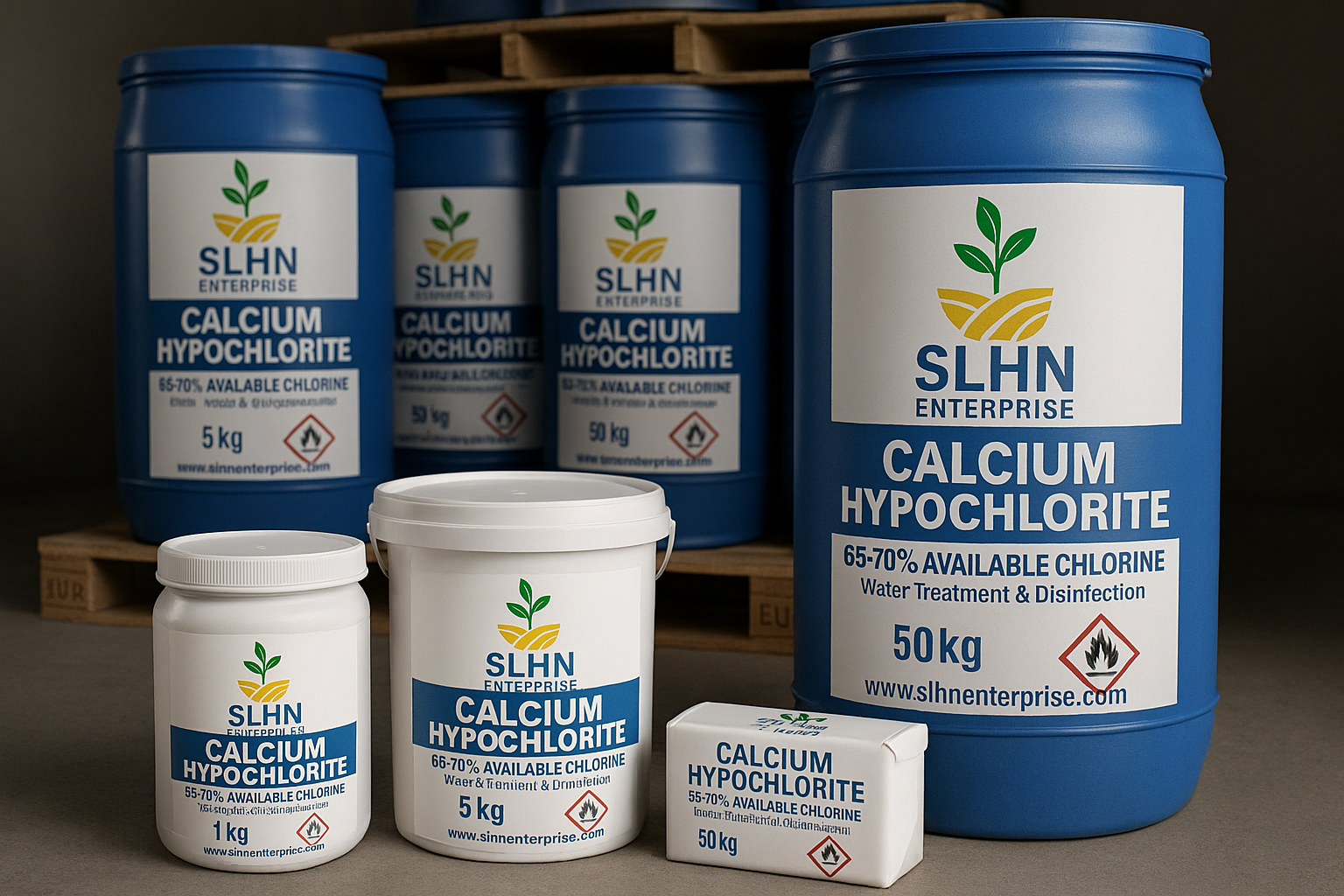
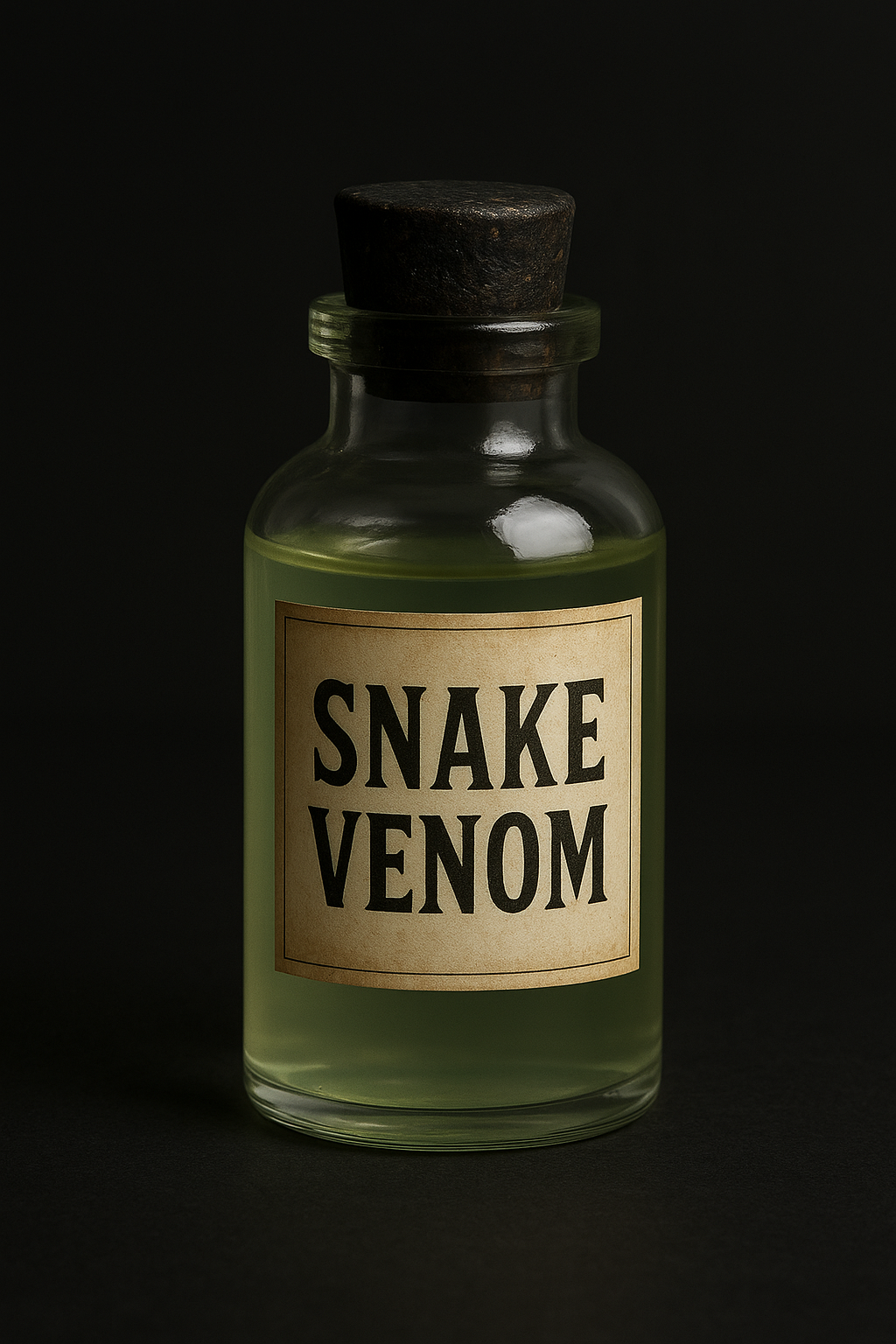
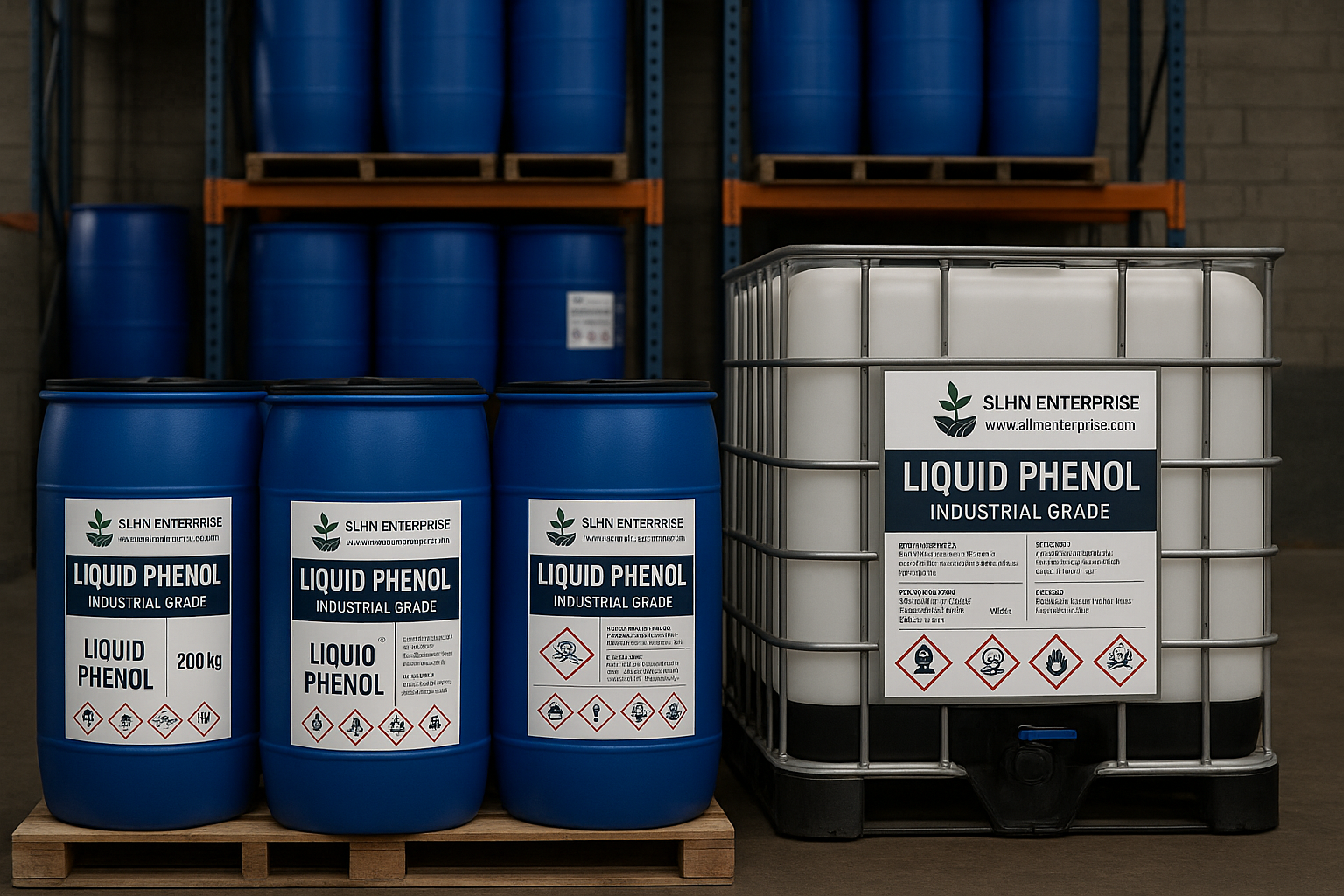
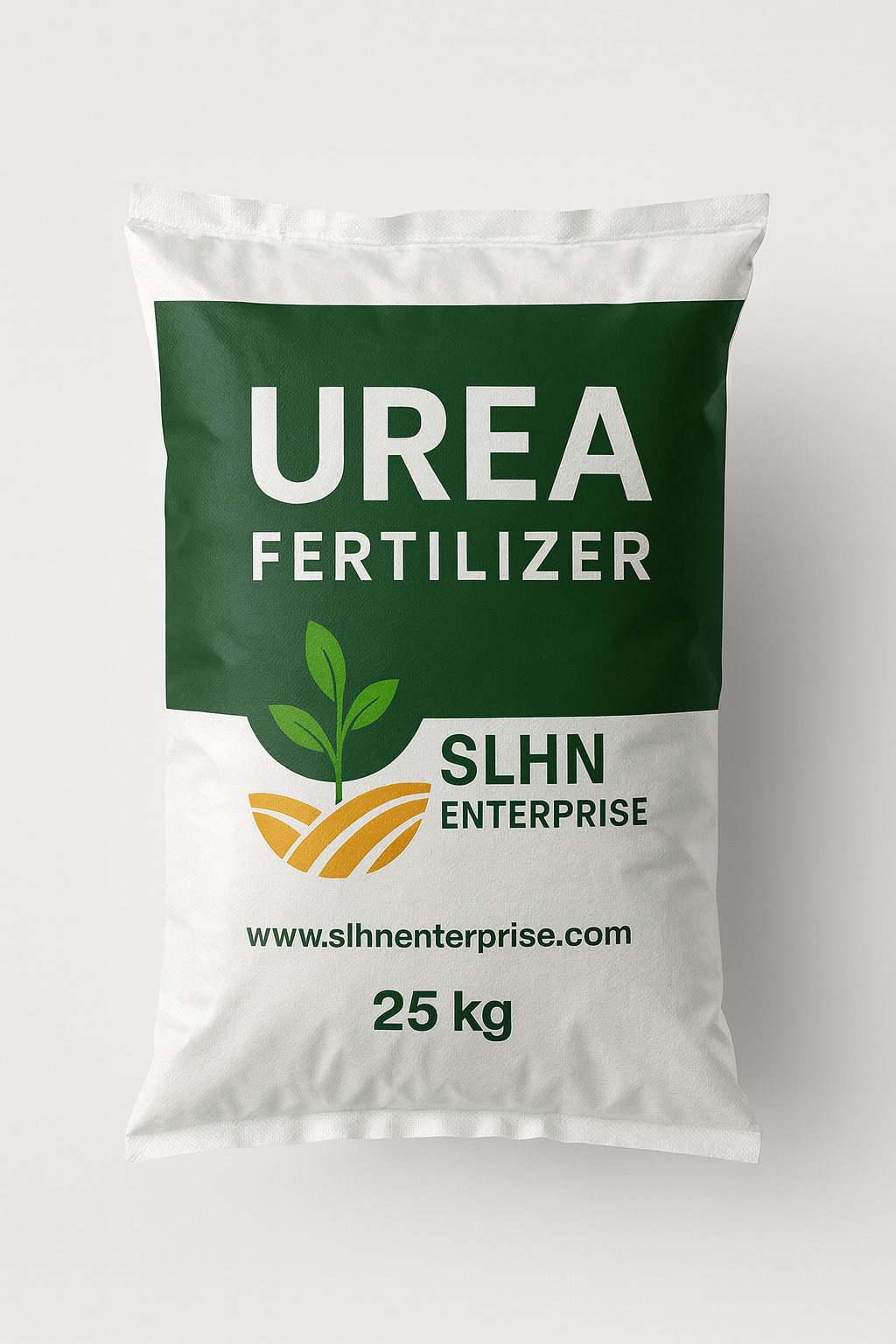
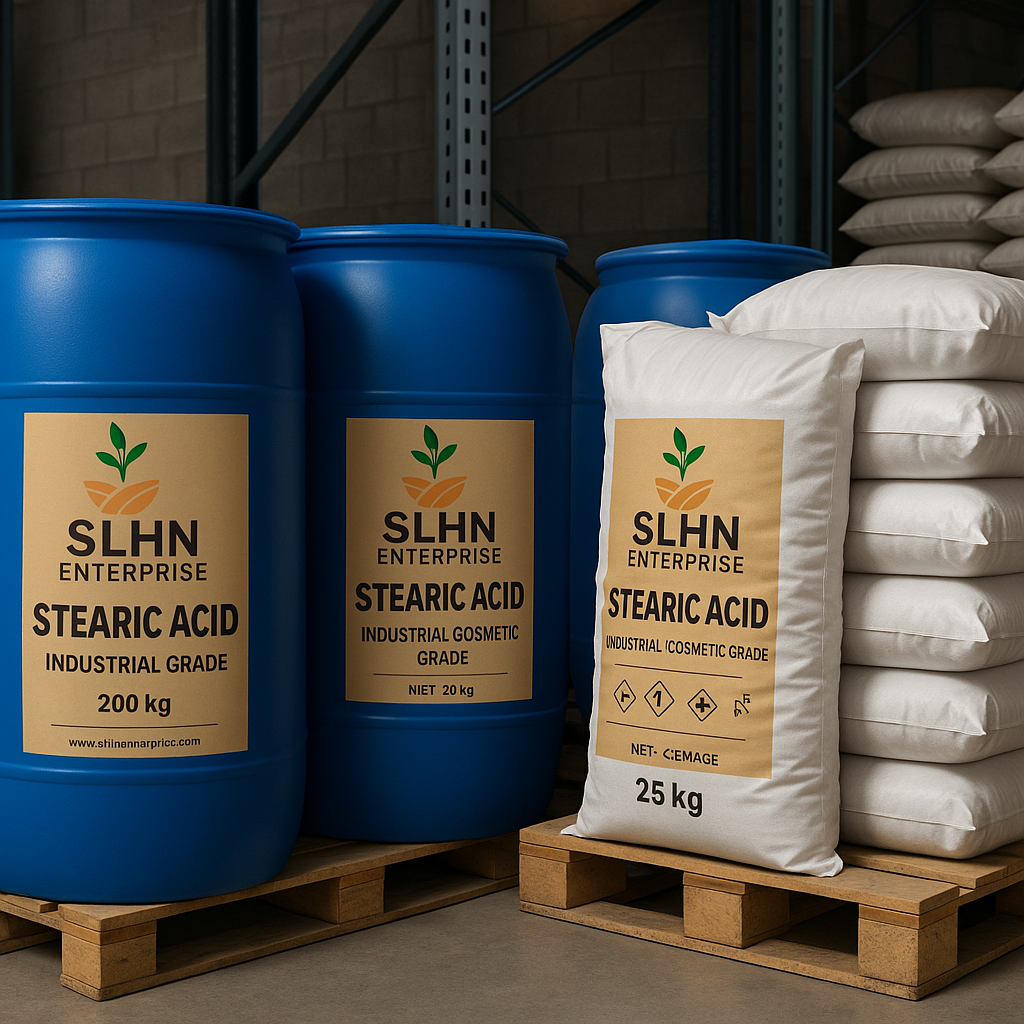

Reviews
There are no reviews yet.